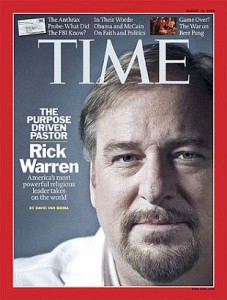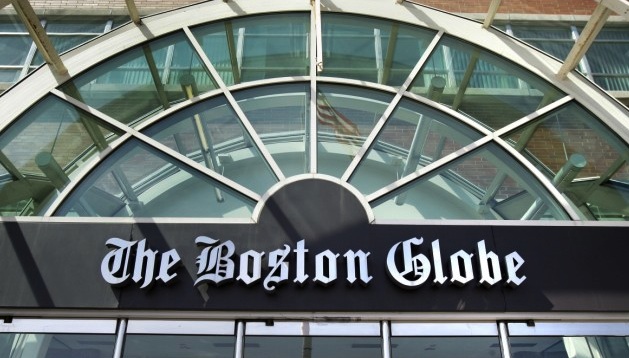Over the weekend, Rick Warren returned to the pulpit for the first time since his son’s suicide nearly four months ago.
This made national headlines — and rightly so.
The coverage that I saw ranged from weak to adequate to truly exceptional.
On the weak side, the Los Angeles Times did a bare bones report that seemed to scream: “Just going through the motions! Nothing to see here! Move along!”
The full extent of the Times’ coverage from inside Saddleback Church:
Rick Warren, bestselling author and pastor of an evangelical mega church in Orange County, preached for the first time on Sunday after his son’s suicide.
Matthew Warren, 27, shot himself in the head in April following a long struggle with mental illness.
On Sunday, his father appeared in jeans and a black T-shirt in front of an estimated 10,000 congregants at his Saddleback Church in Lake Forest and vowed to fight prejudice against people with mental illnesses.
“It’s amazing to me that any other organ in your body can break down and there’s no shame and stigma to it,” Warren said. “But if your brain breaks down you’re supposed to keep it a secret.”
For those paying attention, the “Sunday” in the Times’ lede might seem strange (which is a nice way of saying “downright inaccurate”). Other media, after all, reported that Saddleback has five weekend worship services, and that Warren began preaching at them Saturday afternoon.
On the adequate side, that’s how I’d characterize The Associated Press’ report on Warren’s return to the pulpit.
AP’s story seems to provide all the relevant facts, including this section:
In the sermon, first in a series called “How To Get Through What You’re Going Through,” Rick Warren said he had the perfect role model for his struggles.
“God knows what it’s like to lose a son,” Warren said.
He remained mostly composed, but choked back tears at times, including when he thanked his surviving two children.
Obviously, that direct quote refers to Jesus’ death on the cross. Here’s my question: Should the AP specify that? Or is it OK to assume that most readers know what he’s talking about?
On the truly exceptional side, check out this report from Time magazine writer Elizabeth Dias, whose specialties include religion coverage.














